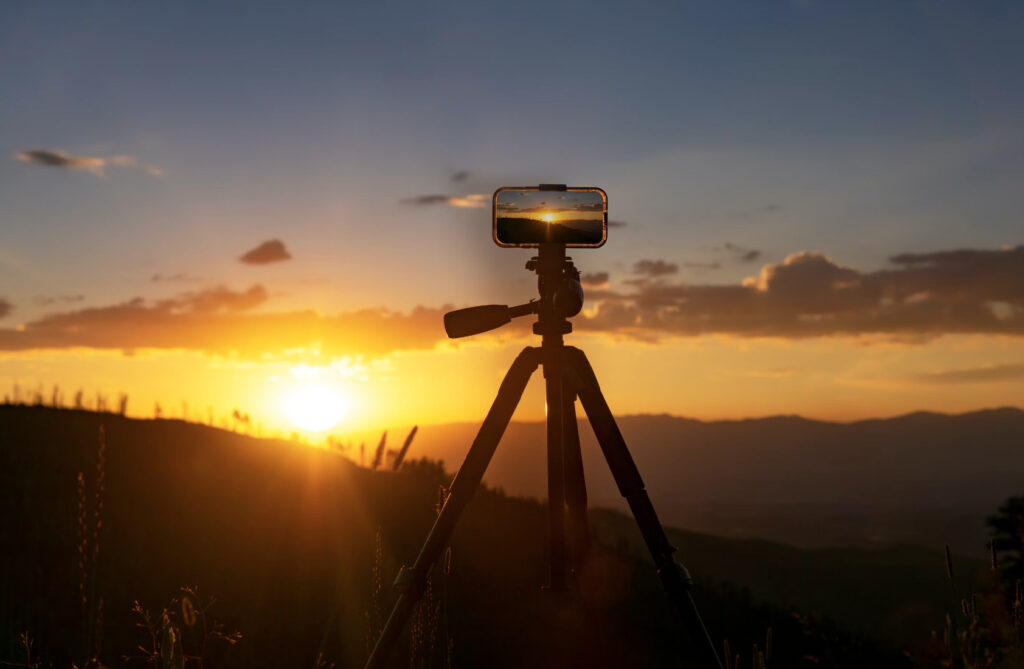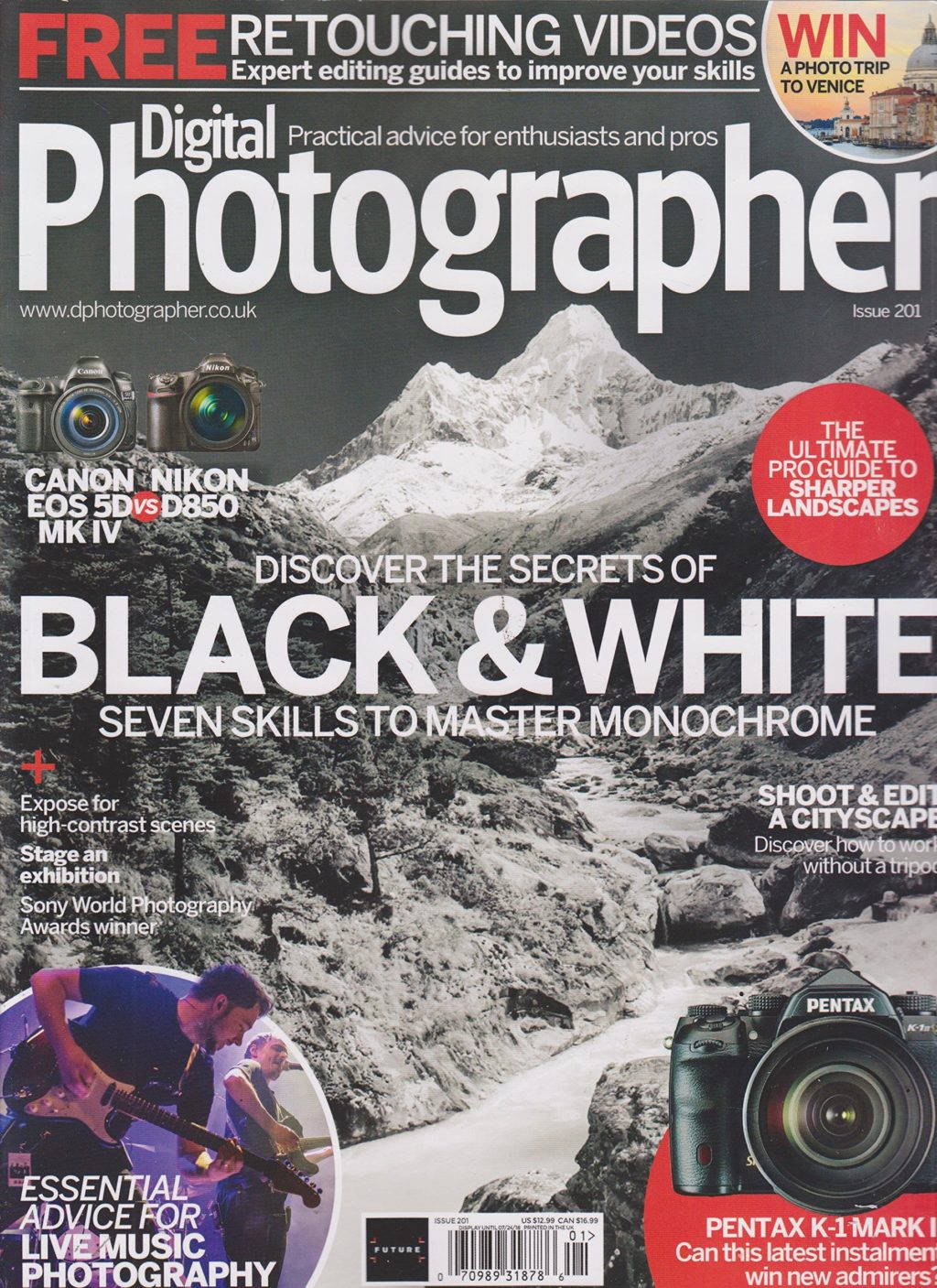Workshops, commercial and editorial jobs, and travel assignments often take me to places like Vietnam, India, Jordan, Bhutan with camera equipment in tow. Depending on the assignment, I take as much or as little equipment as I need, but my packing procedure is the same for each photo trip.
Packing for an overseas photo trip is the same whether it is for a paid assignment or a personal project. Keeping a consistent and sensible packing routine for your camera equipment not only helps you prepare to take amazing photos, but it also makes sure that your equipment is safe and that you will have the necessary items you need once you arrive at your destination.
Here are some things I’ve learned over the years of traveling with photo gear.
Match equipment to the trip’s purpose
The best place to start your packing for a photo trip is your purpose for the trip itself. If you are going somewhere far for the sole purpose of bringing back some awesome photos, you need to think about what tools will allow you to capture that awesomeness.
I always start with the purpose, and then match the hardware to it. For a photo story on a Buddhist festival, I packed a camera with a high ISO sensitivity because I knew I would have to take photos inside temples where often the only source of light were candles and small windows. I also packed a couple of lenses that could open up to a very wide aperture, f/2.8, to help my camera ‘see in the dark.’ For the majority of my trips, I only bring two lenses and one camera body, so I really have to take only what's essential.
Pack according to your trip's purpose. Copyright Aloha Lavina.
Anticipate shooting situations
A good photographer will research the geography, customs, and possible shooting situations, among other things, before heading somewhere. Geography is key to knowing over what terrain you will be carrying your photo gear. Bringing a dozen lenses plus tripod and accessories on a trip that involves a lot of hiking up and down hills is unwise, for example.
Knowing geography beforehand also helps you decide what you might capture. Are you going to be in crowded areas with a lot of chances for portraits? Maybe a wide angle lens is key to those crowded situations. Do people in that place get annoyed easily when you stand close to them for a portrait? Maybe the telephoto lens should go in the bag. Are there chances for breathtaking landscape shots? Then maybe you should pack that ultra wide lens and the tripod.
Anticipate shooting situations. Copyright Aloha Lavina.
Have a backup plan
Whether you are going on a photo trip that lasts one week or one month, having enough memory is something you will have to solve at packing time. With memory cards becoming cheaper, it’s possible to buy as much memory as you need without having a backup drive or laptop with you, as long as you organize the cards into used and empty and never mix them up. Some photographers also decide to shoot in JPG instead of the bulky RAW, and so open up lots of space on their memory cards.
But if you are shooting with the intention of processing your images, and possibly submitting them for publication later on, it may benefit you in the long run to think of some storage solutions while on the road so you can shoot in RAW. Bringing a laptop with plenty of hard drive space is one solution. Another solution would be to invest in a picture viewer storage unit. The one I absolutely swear by is the Epson P-5000, which holds 80 GB or images, good for up to two week trips for me (with editing in the evenings), and the Epson P-7000 which holds up to 160 GB for month-long journeys. The benefit I most appreciate from having one or the other Epson unit on a trip is that I can edit in the evenings and classify the shots into keepers and ones I can let go.
Bring plenty of memory. Copyright Aloha Lavina.
Extras that are also essential
Before packing, I always make a list based on the three criteria mentioned above. The list is detailed, and a different one made fresh for every trip. That way, I make sure I don’t forget anything, and I also have an inventory for packing to return home. A blower brush, cleaning cloth, a memory card wallet are some small items that are definitely on the list. Here are some other essential extras for the itinerant camera bag:
1. Adaptor for charging batteries – research the power outlet configuration so that you can bring the appropriate adaptor. I bought all-purpose adaptors and always have a couple packed so I can charge the camera batteries and the laptop or external storage batteries at the same time.
2. Waterproofing solution—this sounds complicated, but it can be as simple as bringing some large Ziploc bags with rubber bands to pack your electronics in should you be caught in a rain while you are in a sampan in the middle of a lake. These are easy to tuck into your camera bag.
3. Scarf—this is one of the musts for my camera bag. A scarf, usually a cotton or linen one, is great for several purposes. One, if my camera strap is starting to chaff my neck, I can wear it under the strap. (The cool thing is not to wear the neck strap, but have you ever had your camera snatched from your hands by a motorbike gang? Wear it around your neck.)
Two, if the sun gets too hot I can use the scarf to cover my head and face to avoid scalp burn. Three, if I need a low angle on a shot, I can always lie down on the scarf on the street without worrying too much about the dirt.
I always bring my scarf. Photo by Manny Librodo.
Whether packing for a weekend away with your camera or a long vacation somewhere over the ocean, it pays to prepare and pack with some guidelines in mind. With these simple tips, you can choose the right equipment to bring without having to second guess its usefulness, and start thinking about the awesome photos you can bring back home.





1 Comment
Concise and filled with practical tips we may forget to ponder in advance. Thanks for sharing these valuable reminders!